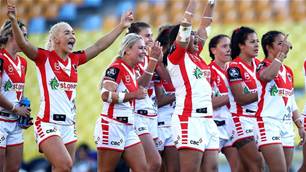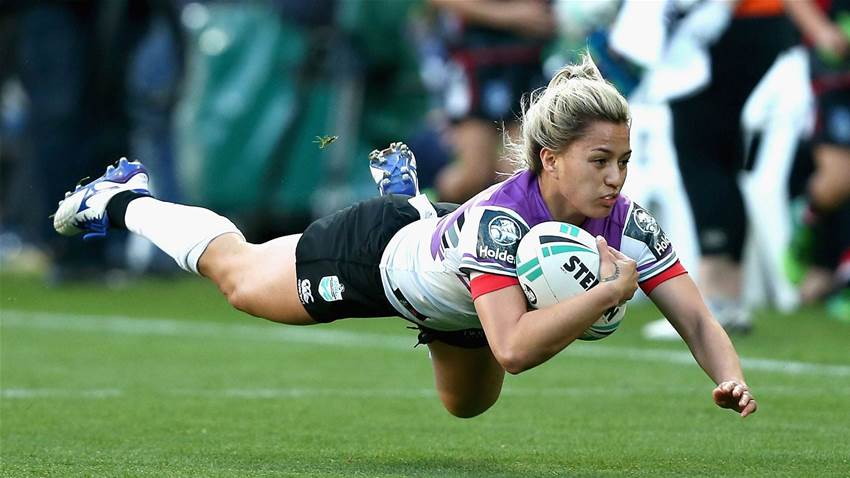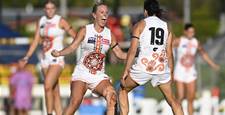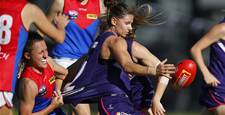In the build-up to the grand final of the inaugural National Rugby League Women’s competition, we recently asked the Senior Manager of the NRL’s Elite Women’s Program, Tiffany Slater, for an insight into the lives of rugby league’s newest pioneers.
Great strides have been made in recent times in terms of levelling up the playing field between female players and their male counterparts on the game’s elite stage. In terms of salaries, and aspects such as access to elite training facilities, the game has come a long way, but a lot remains to be done.
Slater recently shared with Inside Sport magazine’s Dead In Goal podcast the challenges that remain for female elite rugby league players. (Interview starts 57 minutes in)
LISTEN TO DEAD IN GOAL HERE NOW:
CLICK HERE TO LISTEN VIA ITUNES
“What a lot of people aren’t aware of is that our elite athletes are playing a full calendar of rugby league,” Slater shared. “And in 2018, we've obviously added the Premiership to that. It's a bit different from some of the other female sports in that, it's not just the Premiership, or it's not just about State of Origin.
“They've had their local and state competitions running for decades; they've been playing those for a really long time. If you take this year for example, they came off the back of the 2017 Rugby League World Cup at the end of last year and then they went into their state and local competitions from about March/April this year, through to August.
“Then they moved into Premiership mode; so that's moving into NRL club land, and they were training with them. Then they started the Premiership, then they’ll move into the PM’s XIII game in PNG and then into the Test match against New Zealand as Jillaroos.
“So it's a really full calendar and because of the nature of the sport - it's still part-time, moving into a semi-professional state - these elite female athletes are juggling a lot and wearing a lot of hats. Not only in rugby league but in their daily lives.
“There are mothers, they have partners, they have jobs, they have study, they don’t live necessarily near where they play. It’s a lot for them to balance.”
Related Articles
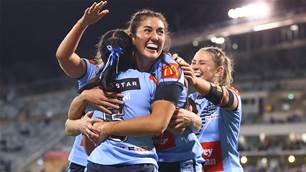
Women's State of Origin changes hands after thrilling match
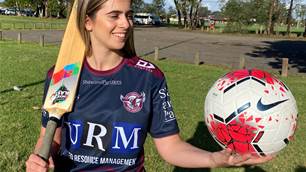
Looking for that lucky break: Young analyst willing to do the hard yards
